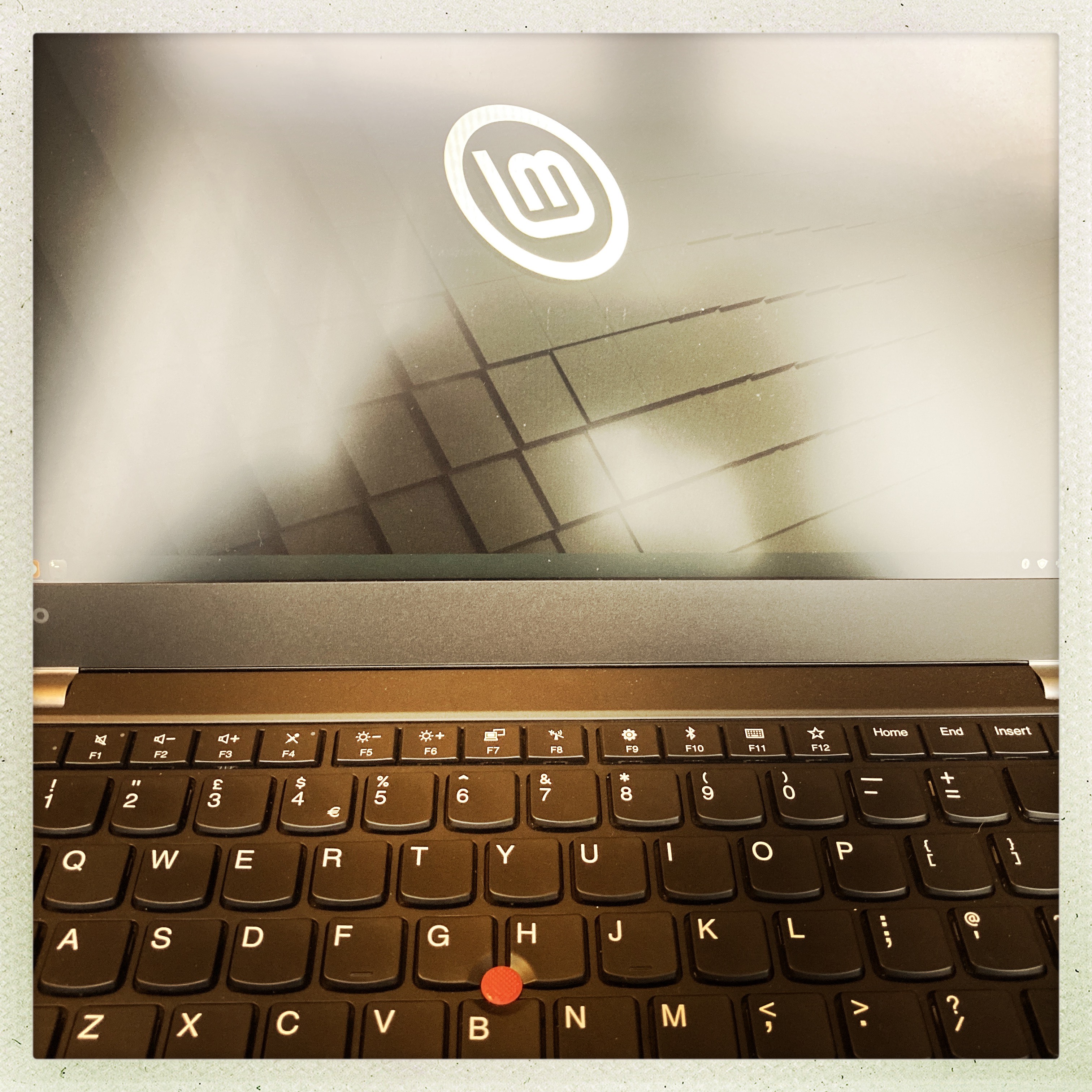Adventures in Tech Independence Part 1

My MacBook Air is 10 years old.
It's been a loyal companion and gateway into the world of writing, photography, website design, creativity and the internet for a long, long time. But just like its owner, the years had started to show. I'd noticed how it was starting to slow down when I had a number of tabs open in Firefox. The battery didn't hold charge for the legendary amount of time it did when young and shiny. And its hard drive was constantly pushing against the maximum storage capacity. The spinning beachball of doom was becoming more and more of a feature.
In the old days, a replacement would be an easy decision. Buy a newer Mac laptop. Plug in my Time Machine backup drive, hit restore, and in an hour or so, everything would be just as it was, but faster, and quicker. But that decision wasn't as easy this time.
You see, things have moved on a bit in 10 years. When I looked at a replacement MacBook, the Air model started at about £800. But that had the same size hard drive. So my problem of lack of storage wouldn't be solved. OK, next one up, 500gb. And here was where Apple's move to luxury brand seemed to kick in. Well over £1000. I paused. Now we were looking at serious money.
Sometimes taking a pause is the right thing to do. It made me think.
What were my options? I could spend a comfortable amount of money and be frustrated with lack of storage. I could buy what I needed and feel anxious about spending more than I was comfortable to do.
Could I not just buy an IPad? They're cheaper and seem to do a lot?
Nope, as some software I run, wouldn't work. Nice try though.
Ok, Windows, what about good old Microsoft and a much more reasonably priced laptop, maybe £400-500?
I thought about what I use in my day job. Windows all the way. Then I thought about the forced updates, you know, the ones where your computer tells you that you MUST restart in a certain time frame. I thought about all of the telemetry that your Windows machine sends to Microsoft. And the ads creeping in, onto a machine that YOU paid for.
So my choice was spend more than I was comfortable with for a system that worked the way I liked, or spend a reasonable amount for a system that pissed me off. No wonder I felt decidedly underwhelmed in this decision.
Upstairs, in my office, is a tiny aluminium box, the size of a couple of packs of playing cards, stacked on top of each other. It's warm, a sits silently on a shelf below an old TV we have for the kids' gaming. Look closely at it and you'll spot a tiny led light glowing steadily. My Raspberry Pi.
This £40 tiny computer, running Linux from SD cards is a fun, hobby purchase of mine. I bought it to play. I messed about on it, trying out different Linux operating systems, turning it into a media player, generally geeking about. And if I really messed up, I just started again from scratch, flashing a new OS onto an SD card and going again.
My Raspberry Pi ran Linux. An OS that I could control. An OS that was free and pretty robust. An OS that didn't track me, tell me when to update, force me to use a walled garden of applications.
Maybe there was an alternative way. Maybe I'd go down the Linux route.
How hard could this be?